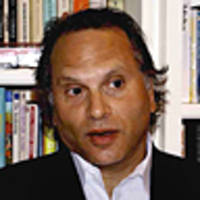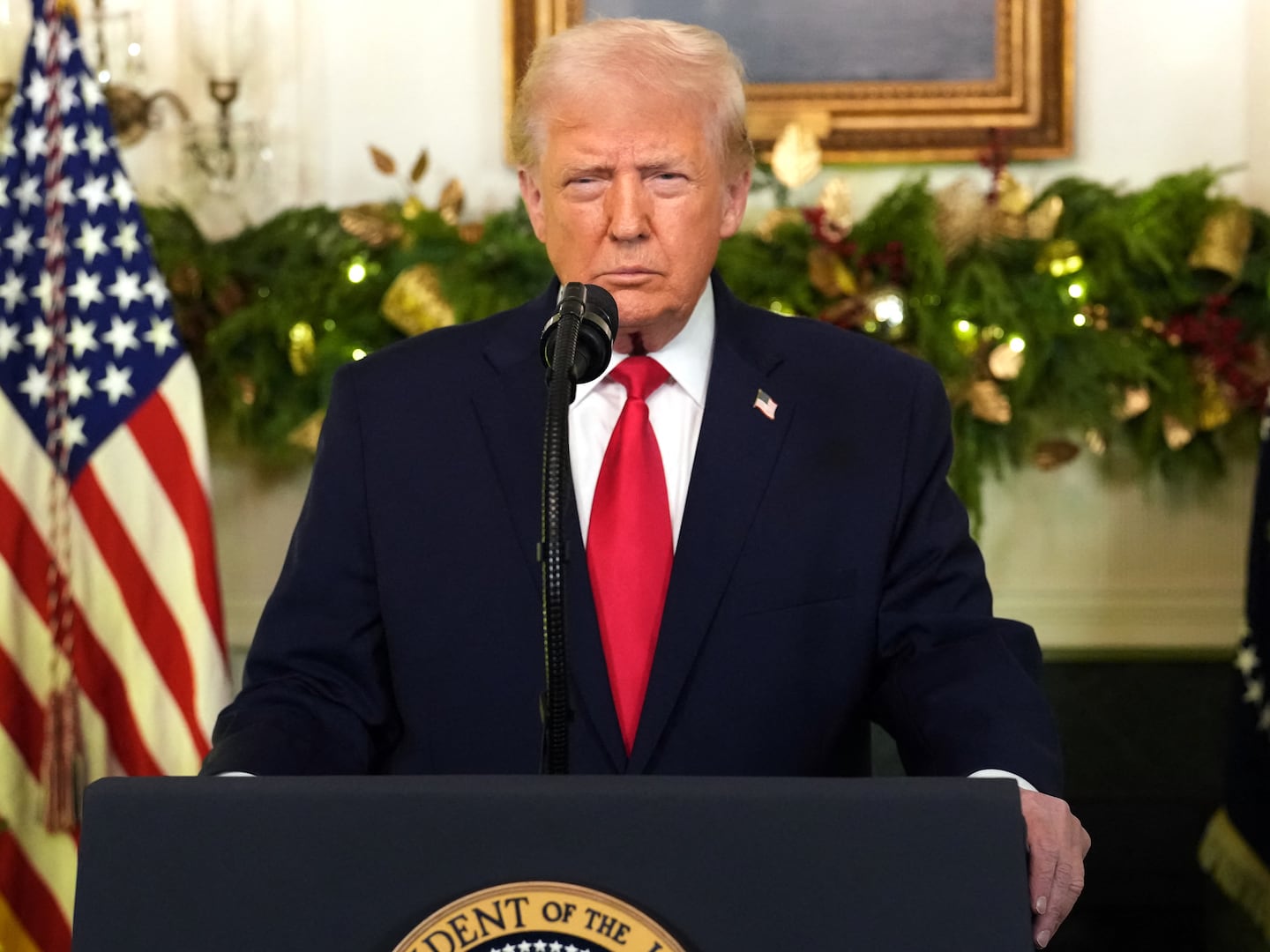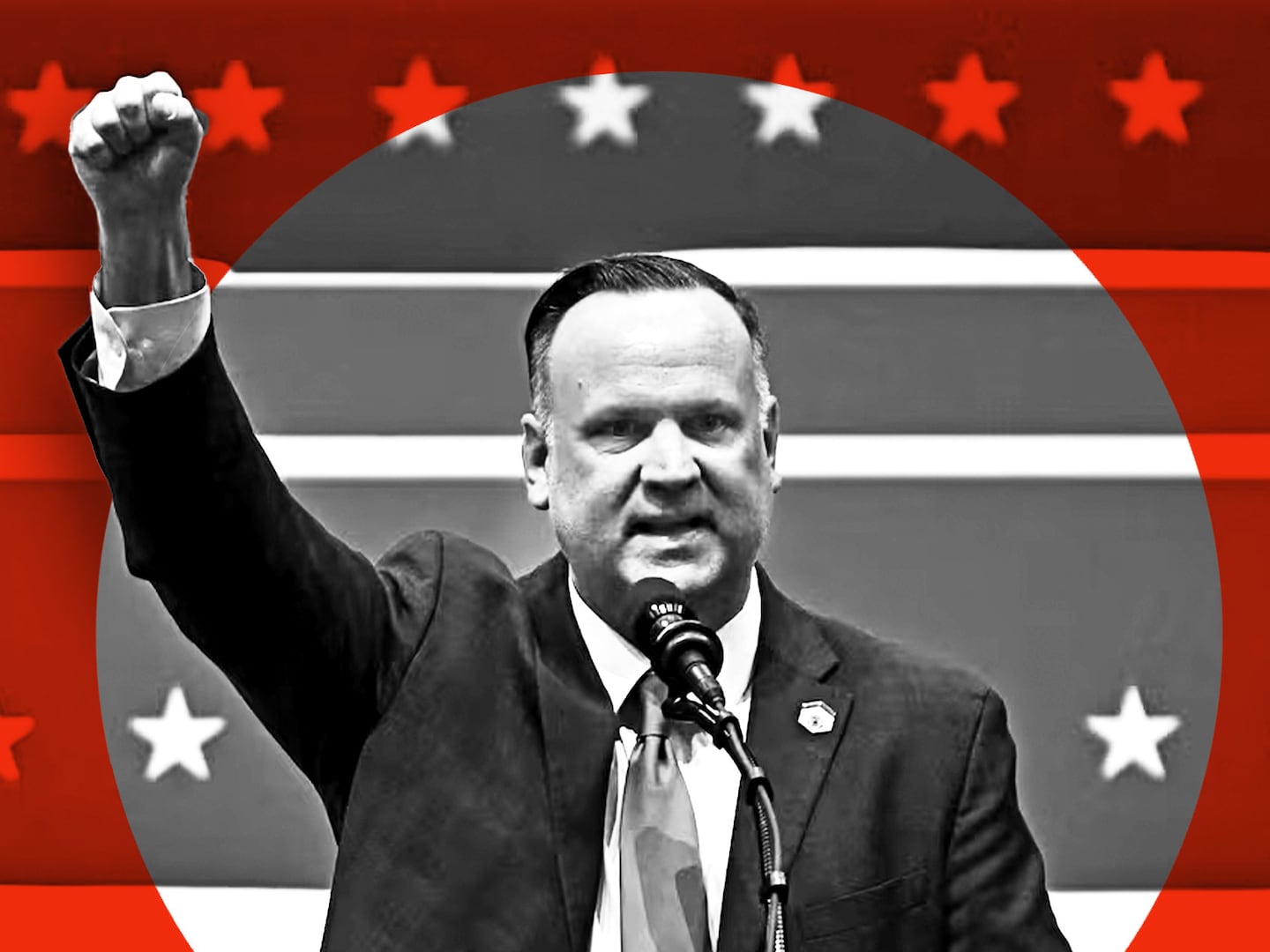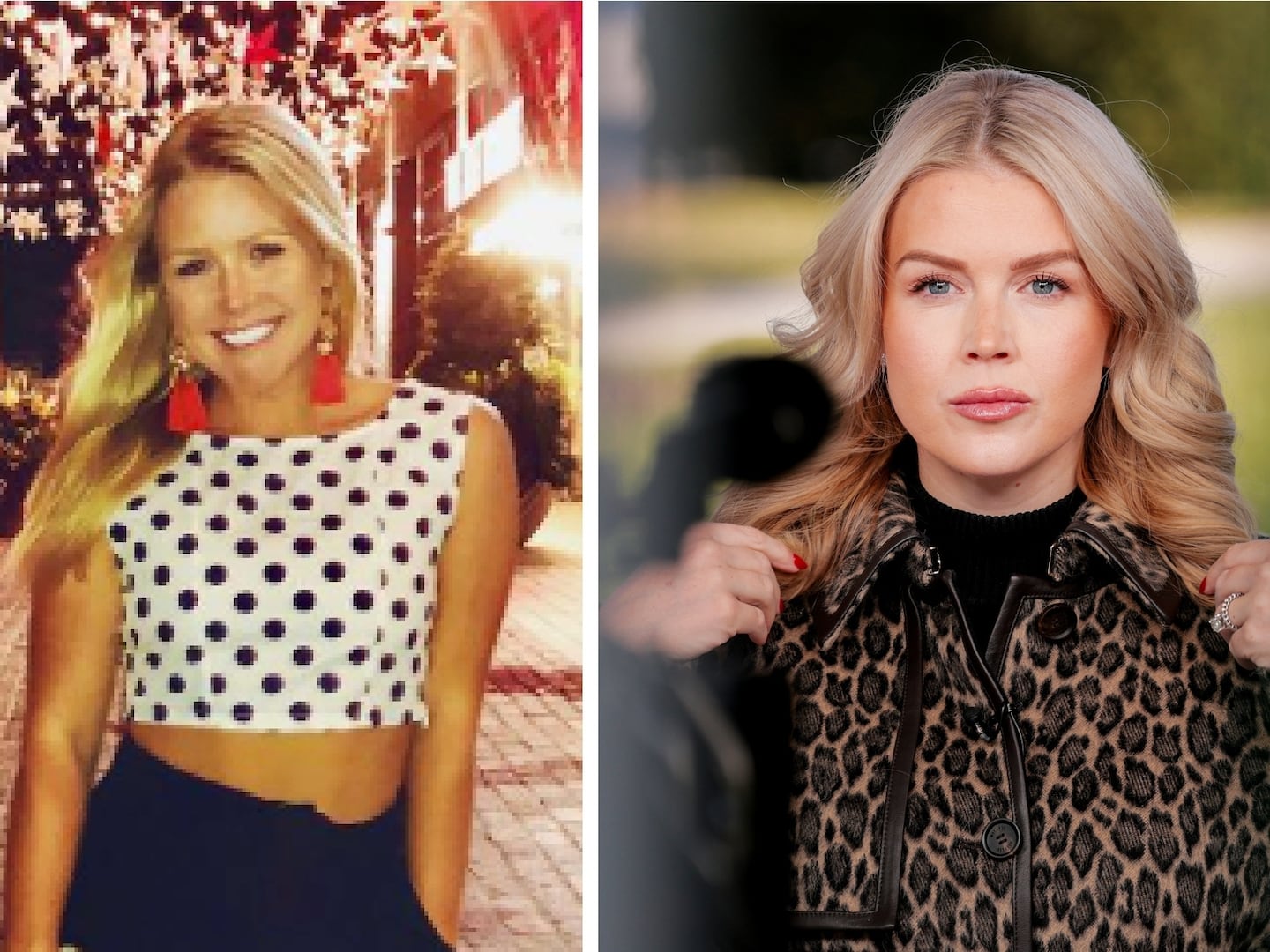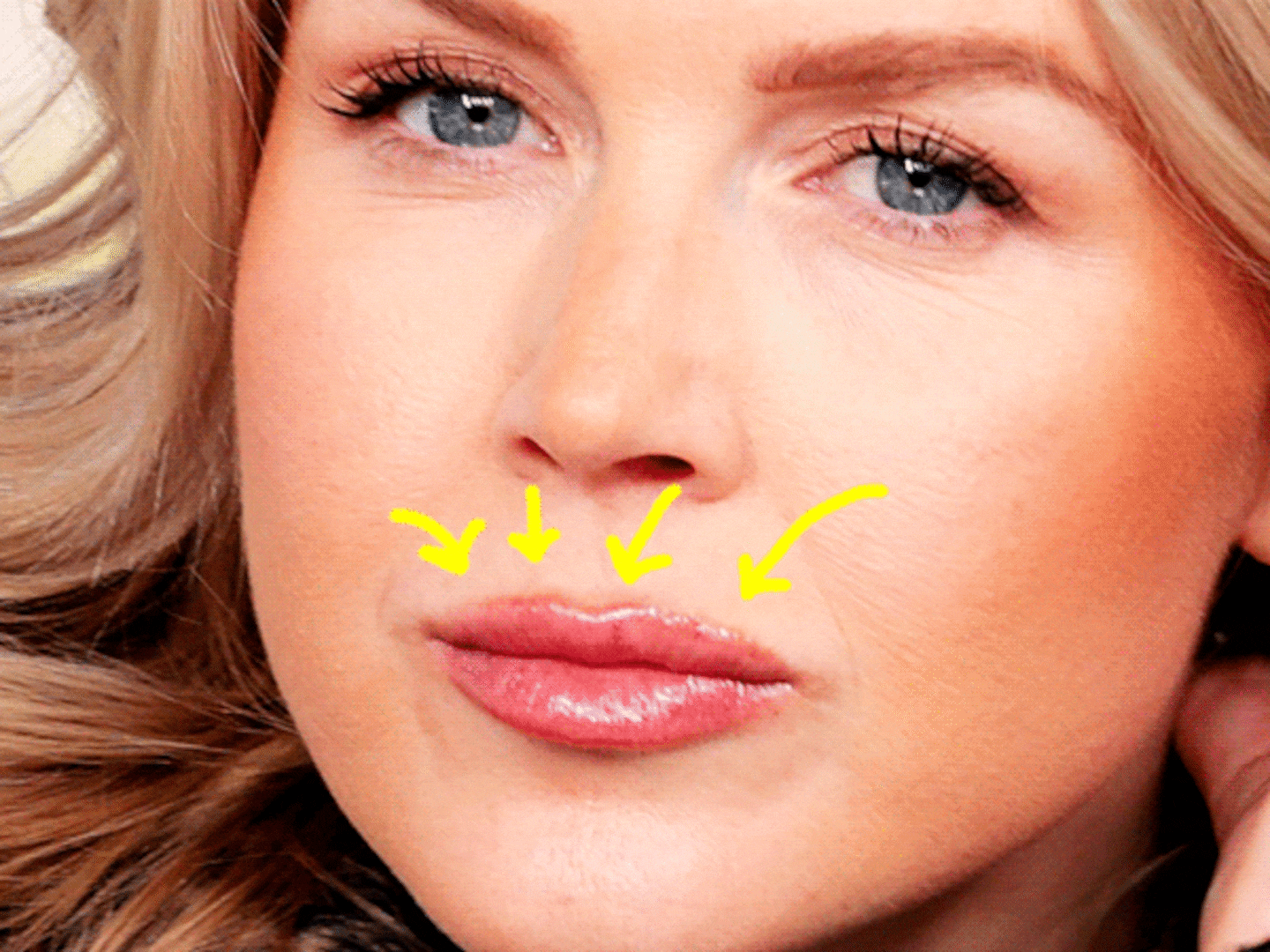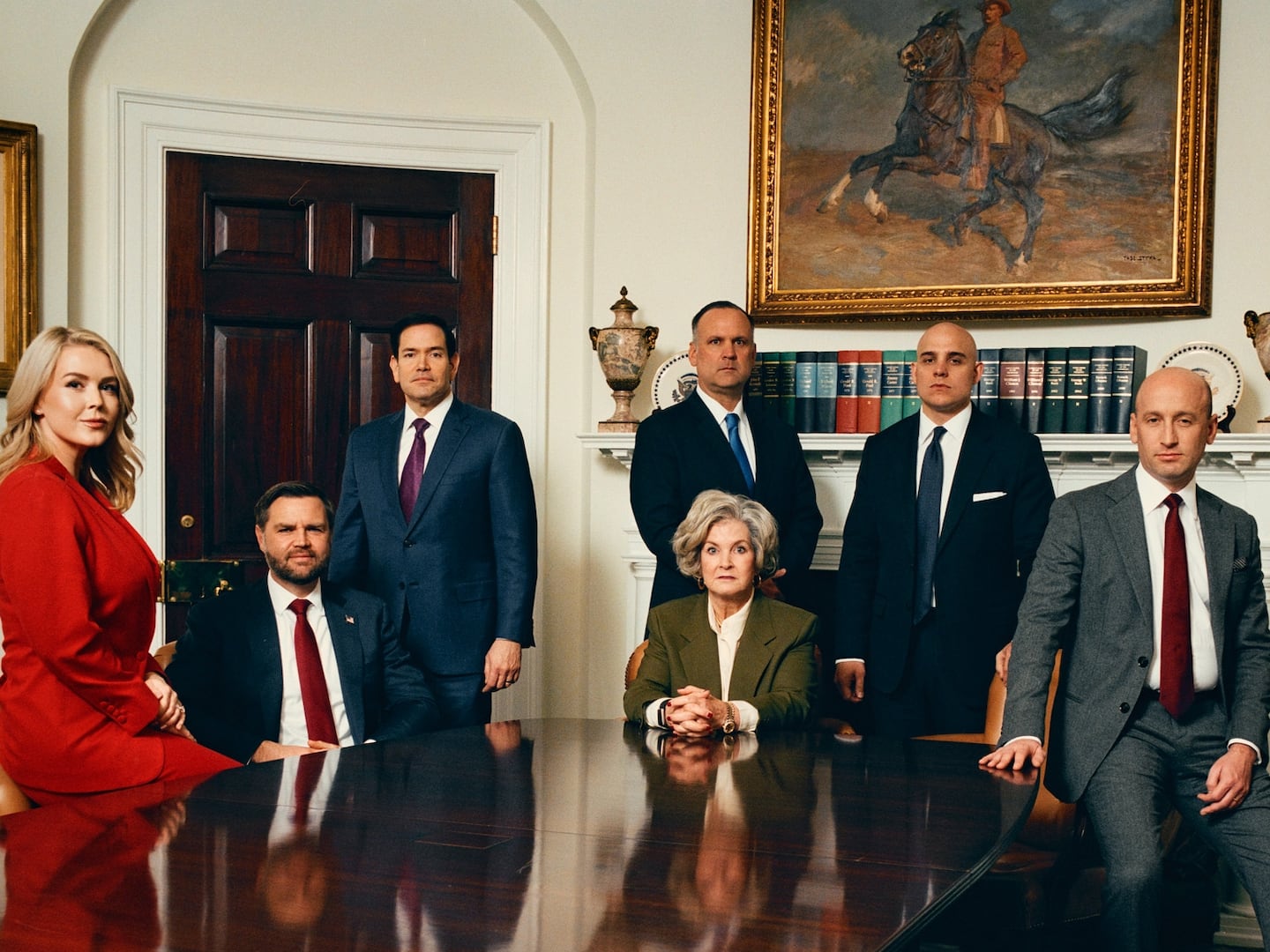In 1969, an 822-page book was published with the dry title of The History of Violence in America. It was a reprint of the report that had been made to the National Commission on the Causes and Prevention of Violence in the aftermath of the urban riots and political assassinations of the 1960s. But The History of Violence was everything but dry. It was harrowing, hailed as the most comprehensive and authoritative study of violence in America ever published up until that time. The conclusions reached then still so horribly resonate in the aftermath of the shootings at an elementary school in Newtown, Conn., Friday that left 26 dead.
In our country, from its founding to the present, where in the past five months there have been three mass shootings, leaving a total of 40 dead, we are a culture historically awash in violence. But despite the copious evidence, we still refuse to believe it, with morally corrupt historians covering up our bloodlust with what the editors of The History of Violence described as “our vision of ourselves as a latter-day chosen people, a New Jerusalem.”
The belief in our perfection is at the heart of American exceptionalism—a belief we hold desperately and always will. But the belief only deprives us from ever thinking there is anything we could possibly learn from another country or culture, such as true gun control and not half-assed measures promoted by a president and put through by a congress scared to death of the National Rifle Association. The National Football League is doing far more to protect its players than our leaders are doing to protect innocent children. But America, or at least a sizable segment of it, thinks that the loss of our violent legacy will somehow strip us of our American freedom. We talk about the need for guns for hunting, or to ward off intruders, but the truth is there are too many out there who like to shoot and shoot to kill. “The right of the people to take care of themselves, if the law does not, is an indisputable right,” said a professor from Missouri named Bigger in 1867.
It is still our credo. The History of Violence report was a response to riots that had erupted in dozens of cities in the 1960s, and to the assassinations of John F. Kennedy and Robert Kennedy and Martin Luther King. But as the report pointed out time and time again, that dark era of violence in America was not some aberration.
The nature of the violence has changed since then, but not the violence itself, which once again has a country desperately searching for answers. We look everywhere, except in the one place where many of the answers lie:
Our own blood-drenched past.
As then–New York Times reporter John Herbers wrote in a preface to The History of Violence, the book showed “how deeply engrained in American life is the tradition, even the love, of violence.”
Wrote the editors of the report, Hugh Davis Graham and Ted Robert Gurr:
“Americans have always been given to a kind of historical amnesia that masks much of their turbulent past. Probably all nations share this tendency to sweeten memories of their past through collective repression, but Americans have probably magnified this process of selective recollection.”
Throughout our history we have been in some kind of war, domestic and offshore. We were born in blood in the Revolution. We embarked on a 300-year extermination of the American Indian that was barbaric and sadomasochistic. We fought brother against brother in the Civil War, leading to the loss of some 750,000 lives. Vigilantism. Immigrant versus immigrant massacres. Lynchings of innocent blacks. Labor versus management battles in the first quarter of the century that in a two-year period alone led to roughly 700 deaths and thousands more injured.
“If we have learned anything from history it is that violence breeds violence and leads to deep and lasting hatreds,” wrote Herbers.
We have perverted into a country in which citizens own roughly 200 million guns, roughly one third of the entire planet’s supply. Ownership is allowed by the Second Amendment to the Constitution, even though a 10-year-old would interpret that the right to bear arms was directly connected to the forming of a militia. The Second Amendment is not as much a legal right to bear arms as it is a psychological crutch for our great American narrative of toughness. Don't expect great change.
The mass murder of innocents is nothing new. It goes back to the late 1700s when Micajah and Wiley Harpe killed as many as 38 people in Kentucky and Tennessee over a 12-year period, sometimes bashing babies’ heads against trees. In 1966 the phenomenon of instantaneous mass murder began to invade the consciousness of the country. Dr. Richard Speck murdered eight nurses one by one in Chicago. About a month later, Charles Whitman climbed to the top of the tower of the University of Texas library and left 13 dead and 32 wounded. Such sprees, occurring almost back to back, “made Americans wonder whether the freelance multiple murder was becoming the characteristic American crime” in the words of Richard M. Brown, a professor of history at William and Mary and one of the many academic contributors to The History of Violence.
The national crime rate has significantly dropped and the households owning guns has gone down from 50 percent to 32 percent (although the number of people owning guns has multiplied). Those are positive signs. But unspeakable crimes continue, so let’s avoid too much of a pat on the back. The plight of black males killing one another is a form of genocide, but except for mayors it is also one of who-the-hell-cares for the very reason they are black and impoverished. What happened at a movie theater in Aurora, Colo., in July, where 12 died, and at a mall in Portland, Ore., last Tuesday, where two died, and now in Newtown is symbolic of how little progress we have made.
Why did murderers in Portland and Newtown kill themselves only at the end of their spree? Was it because that in the preceding minutes they reveled in the violence, the perceived glory of it, the worldwide attention it would inevitably bring, the cameras come running and yet another American nightmare in the making, their making?
The past is prologue. The best indicator of future behavior is past behavior. We cannot let go of the violence. And as long as we cannot, these tragedies will continue, seemingly inexplicable—but not really, given our history. There is an answer. We could ban handguns as the United Kingdom did after a mass murder at a school in 1997. We could weigh the societal priorities of gun ownership, and psychotic killers getting access to semiautomatic rifles with the most potent ammunition available, versus not ever allowing an innocent child to die again for the sin of going to school and getting ready for the holidays.
But we won’t. Our folklore, which defines the essence of a country’s identity, extols the image of the intrepid frontiersman: tough, determined, individualistic, and self-taught to shoot first and negotiate over the size of the coffins later.
Guns in this country still pump people up. People still like the concept of taking the law into their own hands because the law is a toothless pussy, the giddy thrill of an intruder coming into their house, assuming he is an intruder because he may not be, and blowing his head off with the bonus extra of brain-matter spattering on the wall.
